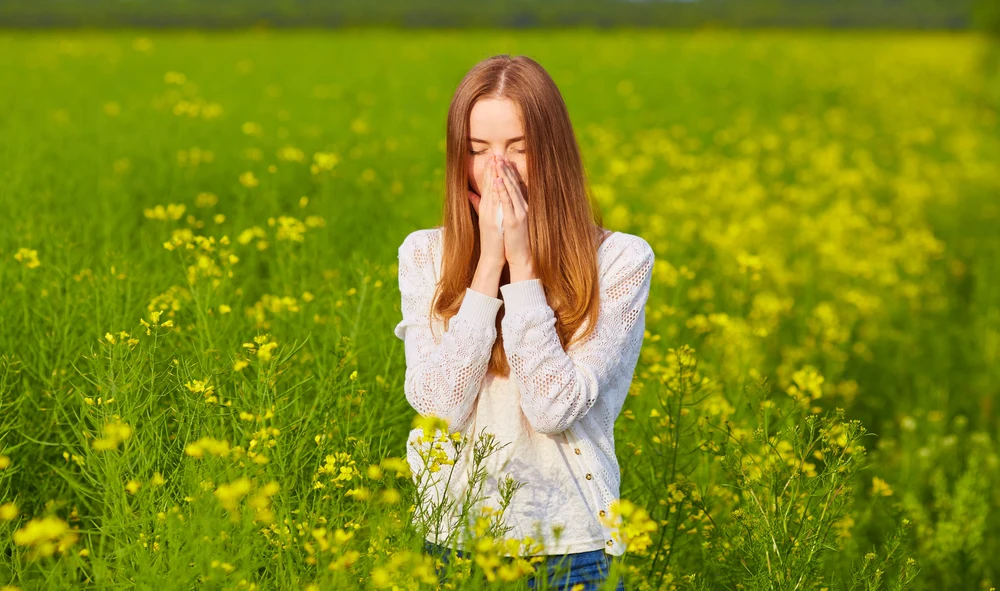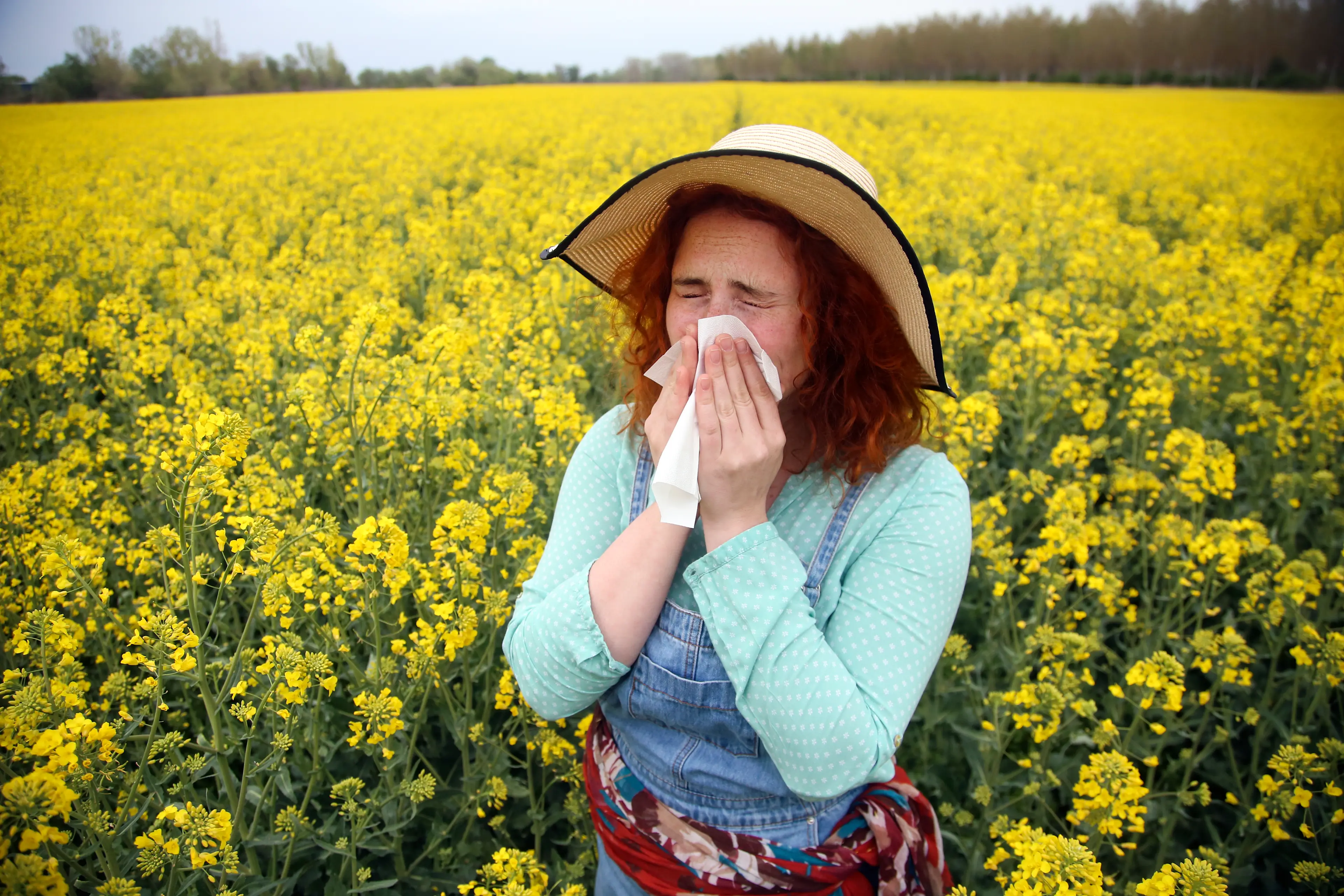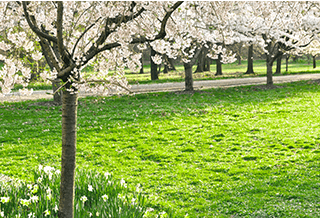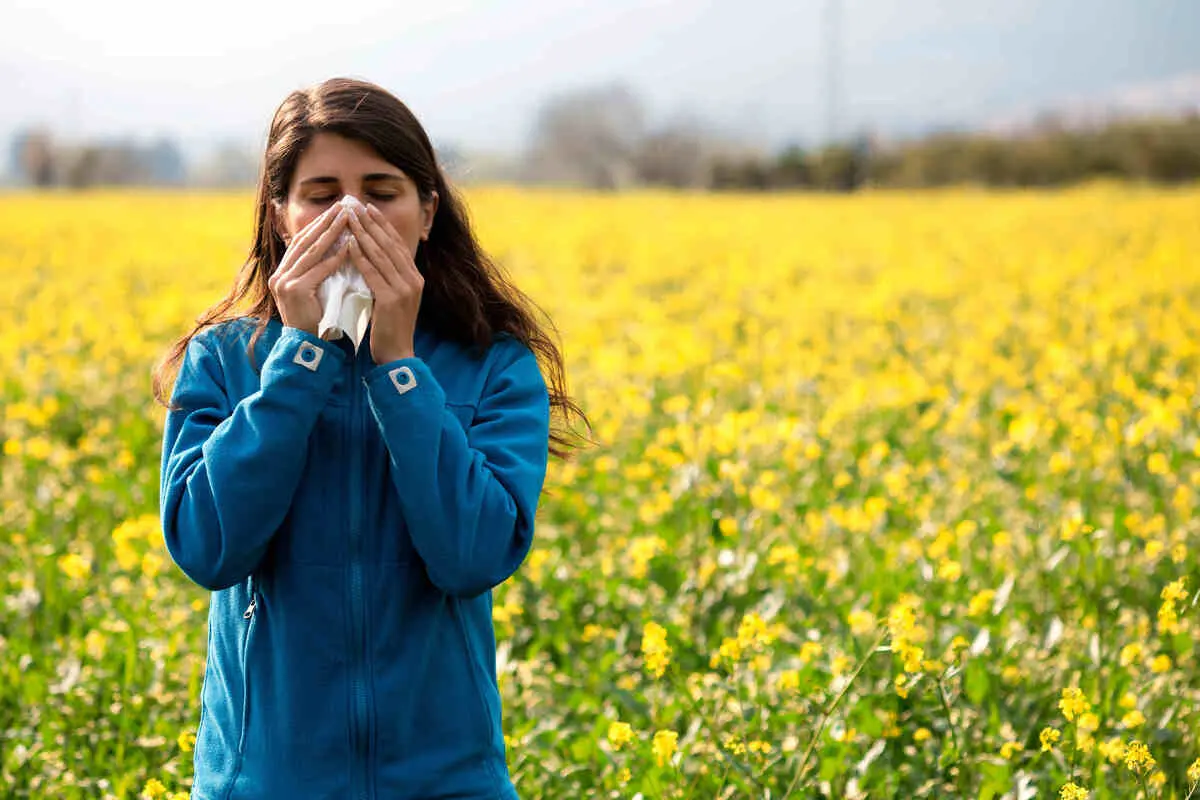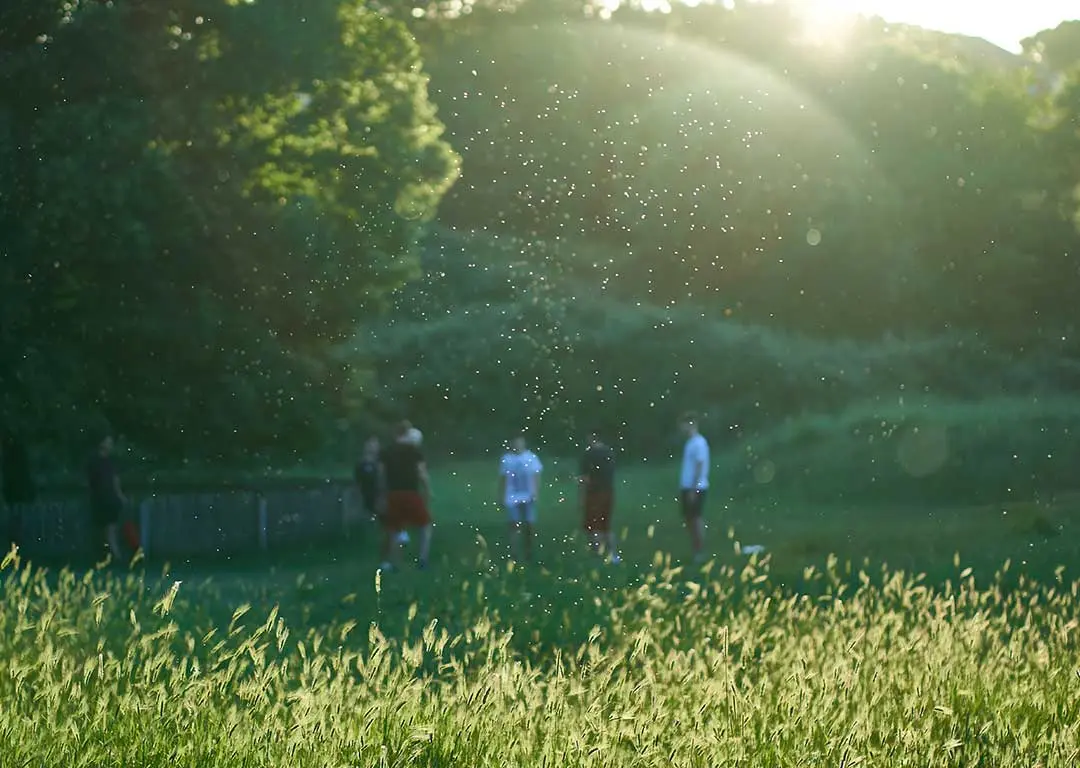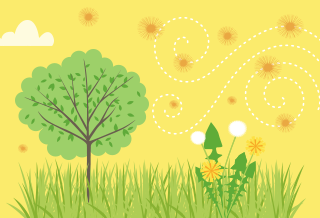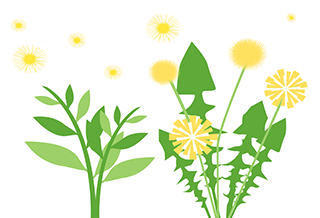Ragweed
Ragweed is one of the biggest irritants for allergy sufferers. A single Ragweed plant can produce upwards of one billion grains of pollen each season. Given that the only force able to stop their spread is the first frost, many Canadians find themselves facing off against Ragweed allergies year after year.
Ragweed season begins in late summer and can continue well into September or even October. It is a particularly prevalent weed in Southern Ontario. There are copious amounts of ragweed pollen in the air at this time. Here’s the lowdown on this sneaky troublemaker.1
1. What it is
Ragweed is a member of the daisy family with tiny yellow-green flowers that produce vast amounts of pollen – about a million grains per plant, every single day.
2. Where it grows
Ragweed is widespread in Southern Ontario, though is rare or absent in the north of the province.2
3. When it grows
High levels of ragweed start in mid-August through to October.
4. How it moves
Ragweed pollen grains are lightweight and can be carried farther than 250km by the wind.2 This means that when it comes to ragweed spreading across the country, the sky’s the limit.
5. What to do about it
Stay one step ahead of ragweed by following the pollen forecast. It allows you to find out what pollen is in the air with the daily pollen forecast, and monitor your allergy symptoms too.
